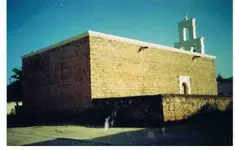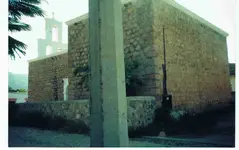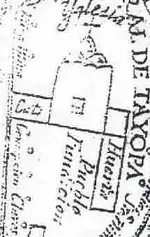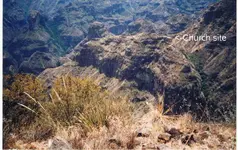good morning Ladies and Gentlemen: That was a bit of unknown information for me Oro de La Tayopa, excellent , any more that can be posted publically?
Furness, Springfield, and Cuber: As I mentioned, I certainly don't know. The Indian gal that saw it in the 40's said that it was 1/2 buried by talus, My X friend claimed to have seen it in the late 90's. The Indian gal had no interest in it except for curiosity. My friend wanted it for the $$, but when he returned with the tools to open it, he wasn't sure where he had seen it, it was almost completely buried. As a result he never found it. He was renown for his ability to hunt and track ??
He claimed that the lock was visible, and that He had tried to break it with a rock. Frankly, I doubt this, since the door was pretty well hidden in the 40's, but then ---- ? Also is it normal to go to the trouble to break a lock until after you had cleared the area of the door so that you could open it?
I had flatly forbidden him to go down into the canyon until we had secured a mule for him to ride, he had had a heart attack the year before, but unknown to me, he went anyway ? I can only assume that he hadn't actually seen it, but knew of the Indian Gal's story and was afraid that we might find it without him

FAITH

In any event, as Oro de Tayopa well knows, there are several basic clues of prospecting which narrows the search down considerably.
Don Jose de La Mancha







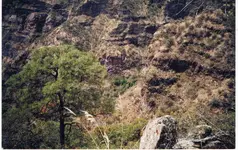

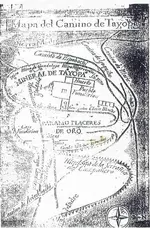
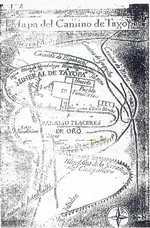
 FAITH
FAITH 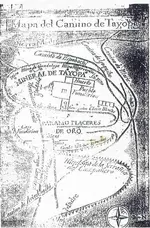
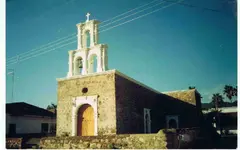
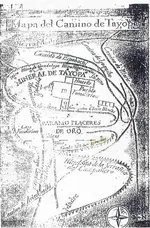
 I will look over what I have, but doubt there is anything you don't already have.
I will look over what I have, but doubt there is anything you don't already have. 